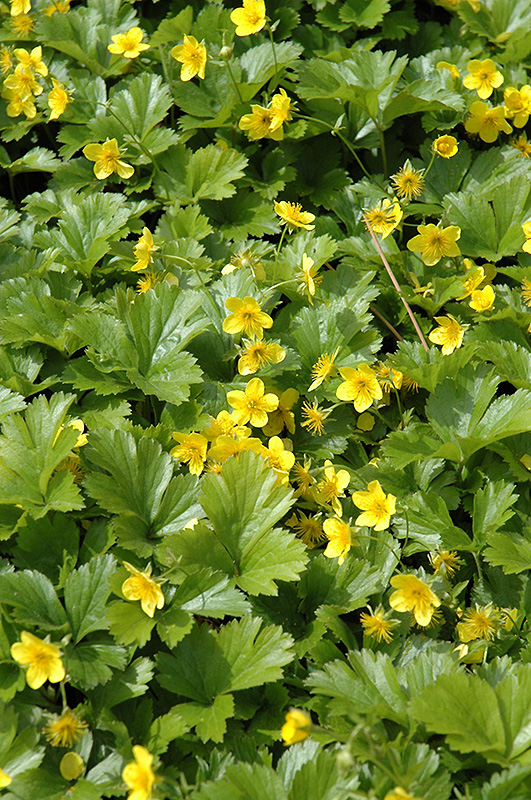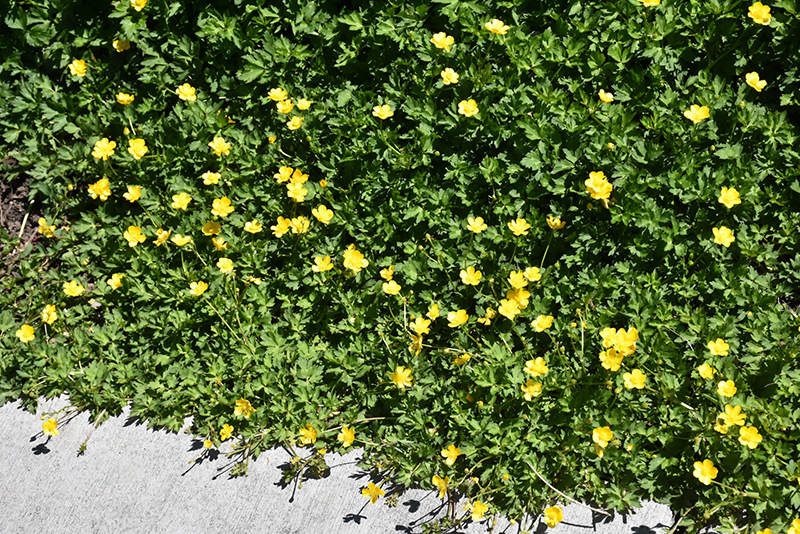PLANT FINDER
Height: 8 inches
Spacing: 10 inches
Sunlight:
![]()
![]()
Hardiness Zone: 4a
Description:
An excellent ground cover for shaded areas, likes bright dappled sunlight; dense, dark green strawberry-like foliage creates a beautiful forest floor scene over which the pretty yellow flowers are carried
Ornamental Features
Barren Strawberry has masses of beautiful yellow daisy flowers at the ends of the stems from early to late spring, which are most effective when planted in groupings. Its round compound leaves remain green in color throughout the season.
Landscape Attributes
Barren Strawberry is a dense herbaceous perennial with a ground-hugging habit of growth. Its relatively fine texture sets it apart from other garden plants with less refined foliage.
This is a high maintenance plant that will require regular care and upkeep, and should not require much pruning, except when necessary, such as to remove dieback. Deer don't particularly care for this plant and will usually leave it alone in favor of tastier treats. Gardeners should be aware of the following characteristic(s) that may warrant special consideration;
- Spreading
Barren Strawberry is recommended for the following landscape applications;
- Border Edging
- Groundcover
Planting & Growing
Barren Strawberry will grow to be about 8 inches tall at maturity, with a spread of 12 inches. When grown in masses or used as a bedding plant, individual plants should be spaced approximately 10 inches apart. Its foliage tends to remain low and dense right to the ground. It grows at a fast rate, and under ideal conditions can be expected to live for approximately 10 years. As an herbaceous perennial, this plant will usually die back to the crown each winter, and will regrow from the base each spring. Be careful not to disturb the crown in late winter when it may not be readily seen!
This plant does best in full sun to partial shade. It is very adaptable to both dry and moist locations, and should do just fine under typical garden conditions. It is not particular as to soil type, but has a definite preference for alkaline soils. It is highly tolerant of urban pollution and will even thrive in inner city environments. Consider applying a thick mulch around the root zone in both summer and winter to conserve soil moisture and protect it in exposed locations or colder microclimates. This species is not originally from North America. It can be propagated by division.
A NetPS Plant Finder tool



